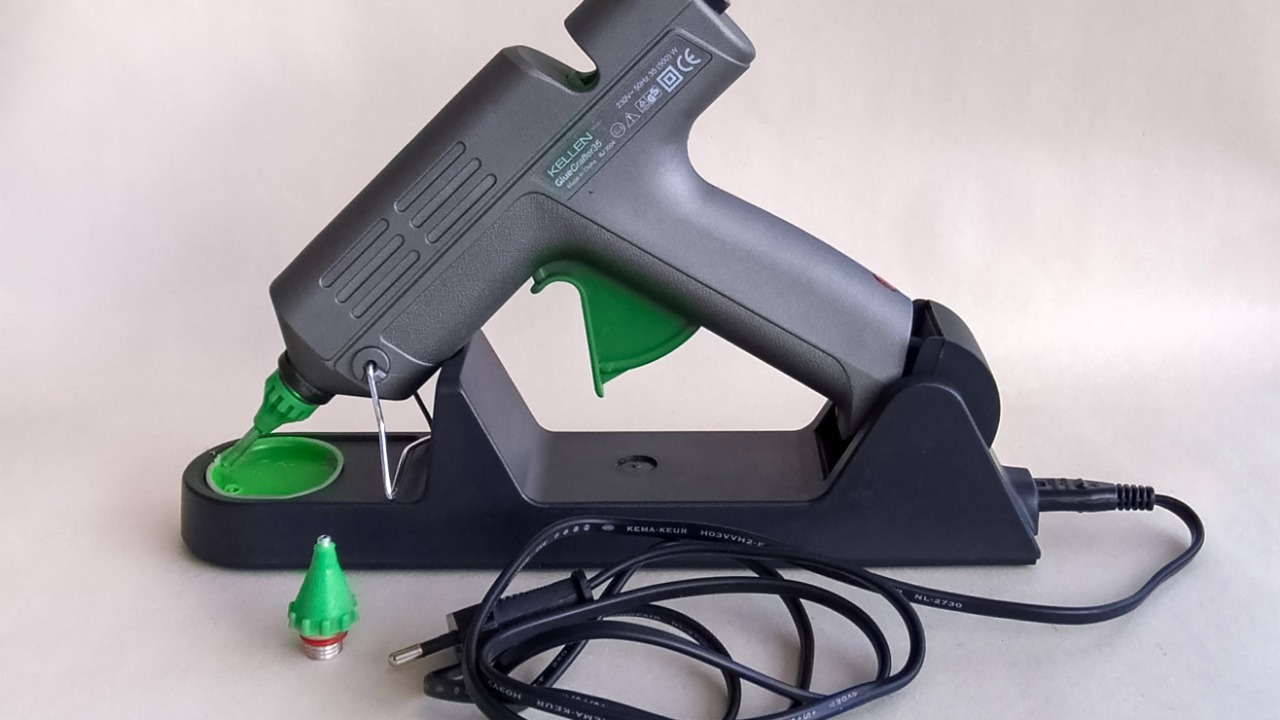
Imagine a world where bone fractures can be healed in real time during surgery, with a device that prints living bone directly onto the fracture site. This is no longer a mere concept, but a reality, thanks to the development of a 3D-printing “glue gun”. This innovative tool fills in gaps around jagged edges of fractures, offering precise, on-the-spot reconstruction and marking a potential breakthrough in orthopedic procedures.
The Development of the 3D-Printing Glue Gun
Emerging medical research has led to the creation of a ‘glue gun’ that 3D prints bone grafts directly onto fractures. This handheld device, designed for intraoperative use, is a significant advancement in the field of bioprinting for skeletal repair. It represents a leap forward from traditional methods, offering a more precise and efficient approach to bone grafting.
Mechanism of Printing Bone Grafts
The ‘glue gun’ operates by printing bone grafts directly onto fractures during surgery. This allows for a customized application to irregular bone surfaces, ensuring a seamless integration with the existing bone structure. The device fills in the gaps around jagged edges of fractures, providing a solution that is tailored to the specific needs of each patient.
Real-Time Healing Capabilities
One of the most remarkable aspects of this technology is its ability to heal fractures by printing living bone in real time. This promotes immediate tissue regeneration at the site of injury, offering a dynamic solution that can adapt to the patient’s specific fracture geometry. The real-time healing capabilities of this device could revolutionize the way orthopedic surgeries are performed.
Testing in Animal Models
The 3D printing “glue gun” has been tested in animal models, demonstrating its viability in preclinical trials. The device was able to generate bone grafts directly onto fractures in animals, showing effective bone formation and integration without the need for pre-fabricated implants. These promising results suggest that the technology could soon be ready for human trials.
Advantages for Surgical Procedures
There are several advantages to using this device in surgical procedures. By printing grafts on-site during surgery, it reduces operation time and improves accuracy over traditional bone grafting methods. Furthermore, by addressing jagged edges and gaps directly, it minimizes complications like non-union in complex fractures. The direct application of bone grafts could significantly enhance the success rate of orthopedic surgeries.
Potential Future Applications
The potential future applications of this innovation are vast. With further research focusing on scalability and biocompatibility, the glue gun could be integrated into standard orthopedic practices. The technology could transform fracture treatment by providing personalized, living bone constructs, marking a new era in orthopedic surgery. While it is still early days, the 3D-printing ‘glue gun’ represents a promising step towards the future of bone healing.
More from MorningOverview